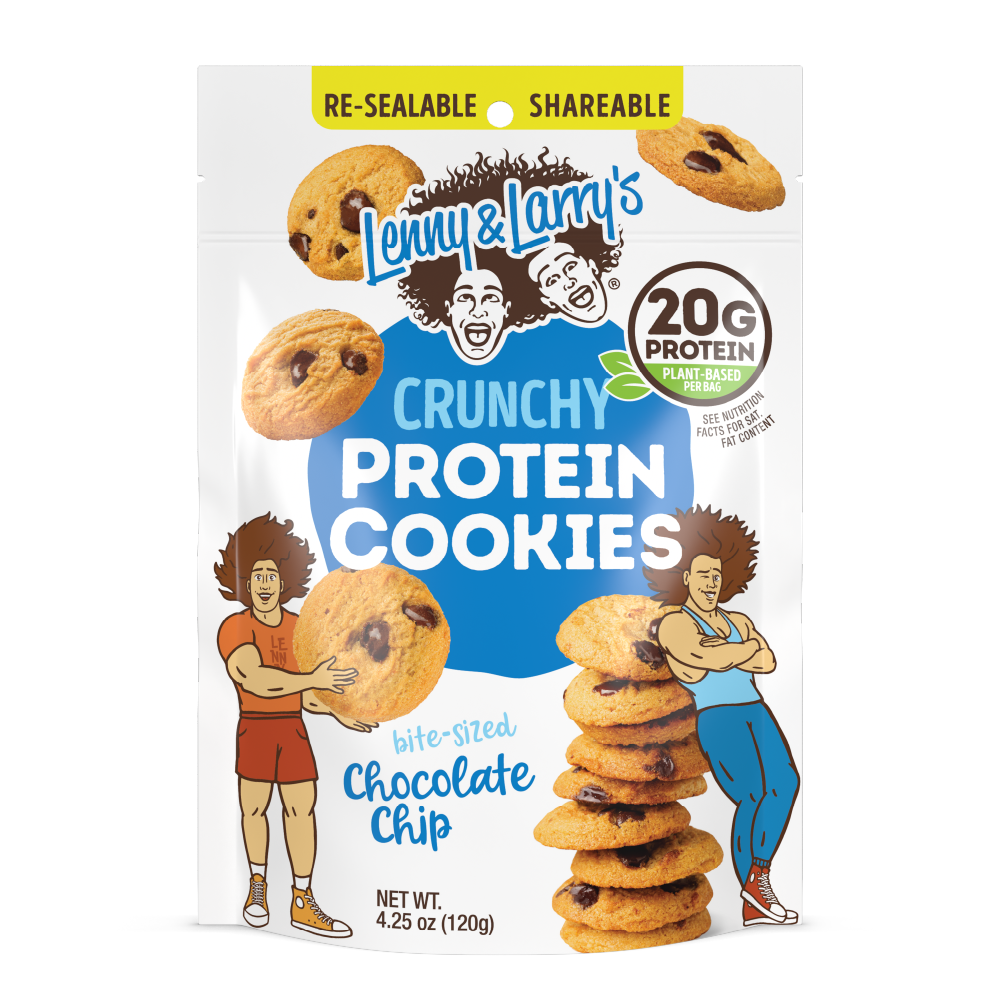Updated October 2025.
A Smarter Snack for Everyday Energy
Protein bars are everywhere (gyms, grocery stores, and even pharmacies). They’ve become a go-to snack for busy people who want quick fuel before or after a workout. But with so many options, ingredients, and nutrition claims, choosing the right one can be confusing.
Should you reach for a plant-based bar or a dairy-based one? What’s better for your body (and the planet)?
Here’s a quick guide to help you understand how plant-based protein bars support your health, fitness, and sustainability goals.
Should I Choose Plant-Based or Dairy-Based Protein Bars?
Picking your primary protein source depends on two things: your dietary preferences and your nutrition goals.
If you’re vegan, the answer’s simple: dairy-based bars are off the table since they come from animal products. For vegetarians, it’s more flexible. You may still include dairy-based proteins, depending on your comfort level.
But even if you’re not vegan, there are big reasons to give plant-based protein bars a closer look.
Why Plant-Based Protein Bars Are Good for You
Plant-based protein bars are made without milk, cheese, or other animal ingredients, making them a great choice for vegans and anyone avoiding lactose. They also work well for those with mild dairy allergies or sensitivities.
Plant proteins come from natural sources such as peas, beans, and pumpkin seeds. These are foods that are nutrient-rich and naturally gluten-free (with a few exceptions like oats and wheat due to modern milling).
They also have a lighter environmental footprint than animal-based proteins, using less water and producing fewer carbon emissions. And of course, no animals are harmed. Something every cow can moo happily about.
Why Dairy-Based Protein Bars Still Have Benefits
Dairy-based proteins like whey or casein are complete proteins, meaning they contain all essential amino acids, including BCAAs (leucine, valine, and isoleucine). That’s why many athletes still rely on them for muscle recovery and growth.
So, if your fitness goals demand higher protein concentration, a dairy-based bar could be your match. The key is understanding which fits your lifestyle best.
The Power of Plant-Based Proteins
Going plant-based doesn’t mean you need to give up variety or performance. You can mix and match your protein sources to match your activity level and dietary needs.
Whether your goal is better digestion, a smaller environmental footprint, or a fully vegan lifestyle, plant-based protein bars make it easier to stay consistent and energized.
Tip: Try experimenting with different ingredients and textures—pea protein, pumpkin seed protein, and even nut-based blends—to find the flavor and nutrition combo that works best for you.
Your Most-Asked Questions About Plant-Based Protein Bars.
You’re not the only one comparing labels and trying to make sense of protein, sugar, and ingredients. Use these quick answers to choose a bar that fits your goals.
1. How much protein should your plant-based protein bar deliver?
If you want muscle recovery or a small meal stand-in, pick a bar with 15–20 grams of protein. For a light snack, 10–12 grams works well. Match the protein level to your activity: strength days call for more, casual days can use less. Blends that combine pea, rice, or seed proteins help you cover essential amino acids.
See a consumer guide on choosing protein bars.
2. Which extra ingredients should you seek out (or skip) in a plant-based protein bar?
Helpful add-ons include fiber (3g+), probiotics, and whole-food binders like oats or nut butters. Skip bars loaded with excess sugar alcohols, artificial flavors, or low-quality oils if you’re prone to digestive issues. Short, recognizable ingredient lists usually treat you better.
3. Are plant-based protein bars ultra-processed?
Some are, but you can avoid that. Look for bars that use whole-food proteins (pea, pumpkin seed, legumes) and limit isolates or hydrolyzed ingredients. As a quick screen, aim for ≤8g sugar and ≥3g fiber per bar to keep nutrition balanced and processing in check.
4. When should you eat a plant-based protein bar?
- Pre-workout (30–60 min): steady energy and amino acids before training.
- Post-workout (within ~30 min): support muscle repair and refuel.
- Between meals: curb cravings and keep energy even.
Use it as a meal replacement only when the bar delivers balanced macros. Pair it with fruit or yogurt when you need more carbs or calcium.
5. How do you handle allergens, label accuracy, and vegan claims?
Always read the allergen statement. Even vegan bars can come from facilities that also handle dairy, soy, nuts, or gluten. If you have a severe allergy, choose brands with dedicated allergen-free facilities or third-party certifications (e.g., Certified Vegan, Certified Gluten-Free). Recalls happen when labels miss allergens, so you benefit from checking batch notices.
Final Takeaway: Fuel Your Day, Naturally
Both plant and dairy-based proteins have their perks. But plant-based protein bars give you a clean, sustainable, and accessible way to stay fueled without compromise.
Ready to taste the difference?
👉 Explore Lenny & Larry’s plant-based protein snacks and find your favorite flavor today.
 Lenny and Larrys
Lenny and Larrys

